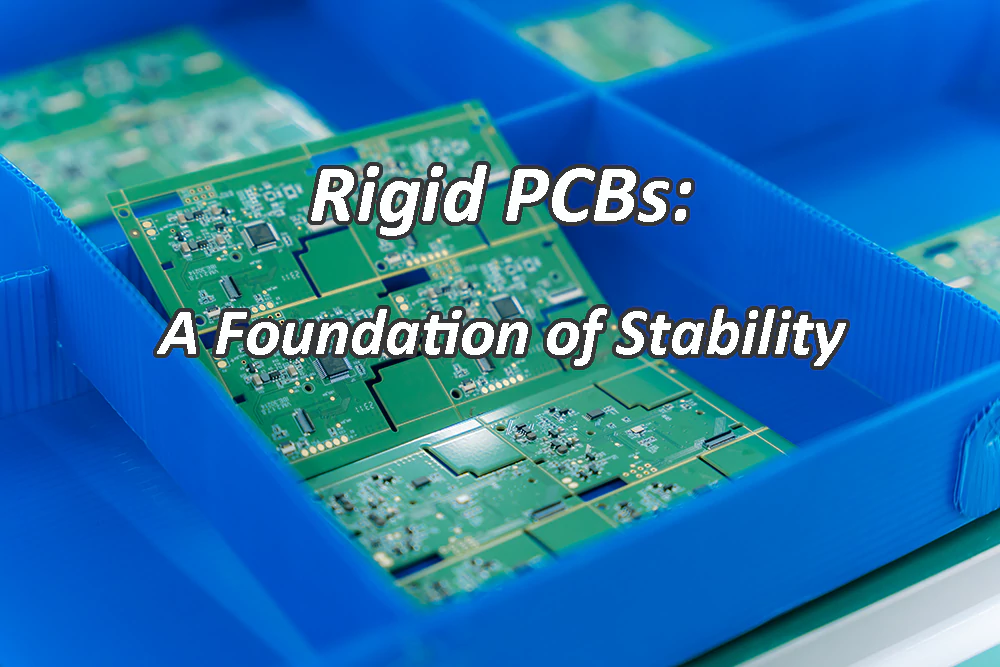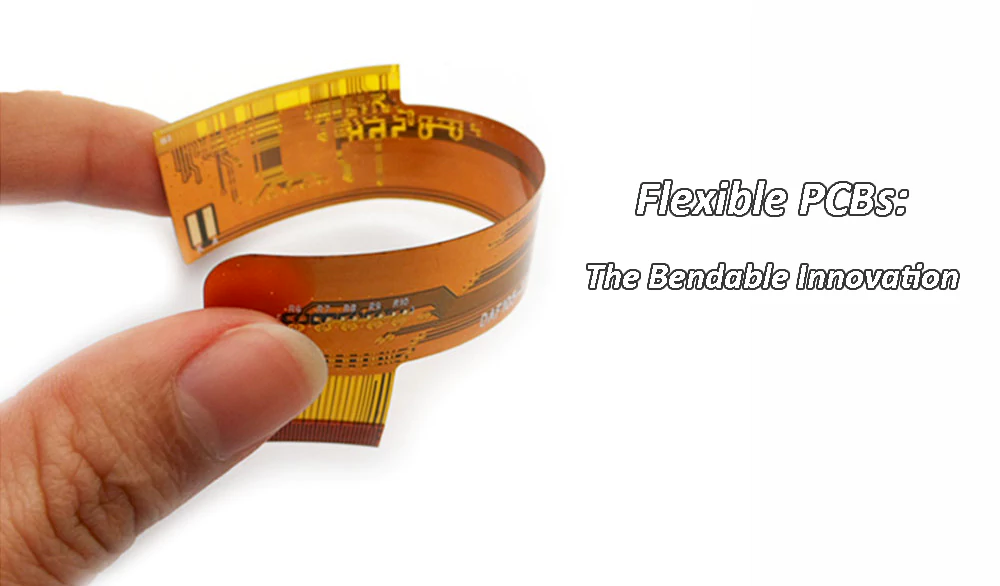In the ever-evolving world of electronics, the choice of printed circuit boards (PCBs) plays a crucial role in determining the success of a device. Rigid PCBs and flexible PCBs represent two distinct approaches to circuit board design, each tailored to meet specific application requirements. In this article, we delve into the characteristics, applications, and considerations that define rigid and flexible PCBs.
Rigid PCBs: A Foundation of Stability

Rigid PCBs, as the name suggests, are constructed from solid substrate materials, often fiberglass or FR4. These boards maintain a fixed shape and are widely used in applications where stability and a defined structure are essential. The rigidity of these boards provides a robust platform for mounting electronic components, making them suitable for a myriad of devices, ranging from computers to household appliances.
Applications of Rigid PCBs:
Rigid PCBs find their home in traditional electronic devices where a stable and unyielding platform is necessary. They are the backbone of devices like smartphones, laptops, and other consumer electronics. The reliability and cost-effectiveness of rigid PCBs make them a staple in industries that demand standardized, high-volume production.
Flexible PCBs: The Bendable Innovation

In contrast to rigid PCBs, flexible PCBs are crafted from flexible substrate materials, such as polyimide. This flexibility enables these boards to bend, twist, and conform to various shapes, offering a unique set of advantages for specific applications. Flexible PCBs have gained prominence in industries seeking solutions that go beyond the constraints of rigid designs.
Applications of Flexible PCBs:
The design flexibility of these boards opens up a world of possibilities in applications where traditional rigid PCBs fall short. Flexible PCBs are becoming integral to the development of wearable devices, medical equipment, and any application requiring a circuit board to conform to non-linear or irregular shapes. Their lightweight and compact nature make them ideal for products where size and weight are critical factors.
Comparison : Rigid PCB VS flexible PCB
Rigid PCBs (Printed Circuit Boards) and flexible PCBs serve the same fundamental purpose of providing mechanical support and electrical connections for electronic components. However, they differ significantly in their physical properties and applications:
● Material and Structure:
– Rigid PCBs: Typically constructed using rigid substrates like fiberglass or phenolic resin. These substrates provide stability and support for the components mounted on them.
– Flexible PCBs: Made from flexible plastic materials like polyimide (PI) or polyester. These materials allow the board to bend and flex without breaking.
● Flexibility:
– Rigid PCBs: As the name suggests, rigid PCBs are not flexible. They maintain their shape and cannot be bent or twisted without risking damage to the board or its components.
– Flexible PCBs: Designed to be flexible, allowing them to bend, twist, and fold to fit into tight spaces or conform to the shape of the device they are used in.
● Applications:
– Rigid PCBs: Commonly used in applications where the board will remain stationary and not undergo significant mechanical stress or bending. Examples include desktop computers, televisions, and other consumer electronics.
– Flexible PCBs: Ideal for applications that require flexibility or where space is limited. They are commonly used in wearable devices, medical devices, aerospace applications, and automotive electronics.
● Complexity:
– Rigid PCBs: Relatively simple in design and construction, making them cost-effective for mass production.
– Flexible PCBs: More complex to design and manufacture due to the additional considerations for flexibility and bending. This complexity can result in higher manufacturing costs.
● Durability:
– Rigid PCBs: Generally more durable than flexible PCBs when subjected to standard operating conditions. However, they may be prone to damage if exposed to mechanical stress or impact.
– Flexible PCBs: Designed to withstand bending and flexing, making them more durable in applications where movement or vibration is present.
Conclusion
In the dynamic landscape of electronics, the choice between rigid and flexible PCBs ultimately comes down to the specific requirements of the application. Rigid PCBs provide a stable foundation for conventional electronic devices, while flexible PCBs offer a groundbreaking approach for applications demanding innovation, flexibility, and adaptability.
As technology continues to advance, the versatility and unique attributes of both rigid and flexible PCBs contribute to the diverse landscape of electronic design. Engineers and designers must carefully weigh the pros and cons of each type of PCB to ensure the optimal performance and longevity of their electronic creations. Whether it’s the rigidity of tradition or the flexibility of innovation, the right choice in PCB design can be the key to unlocking the full potential of electronic devices in the modern world.










